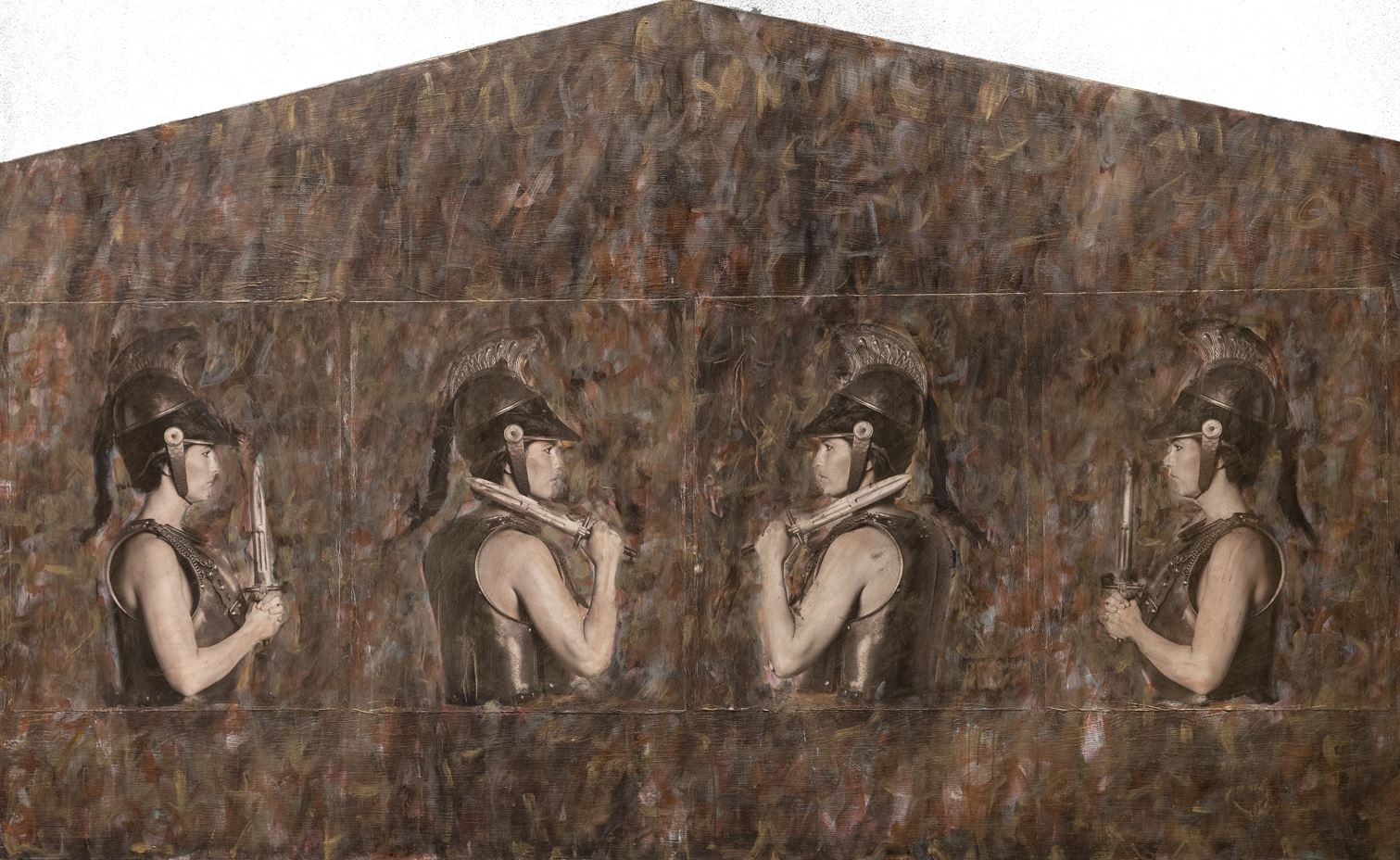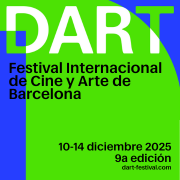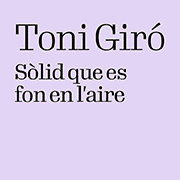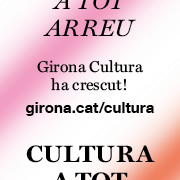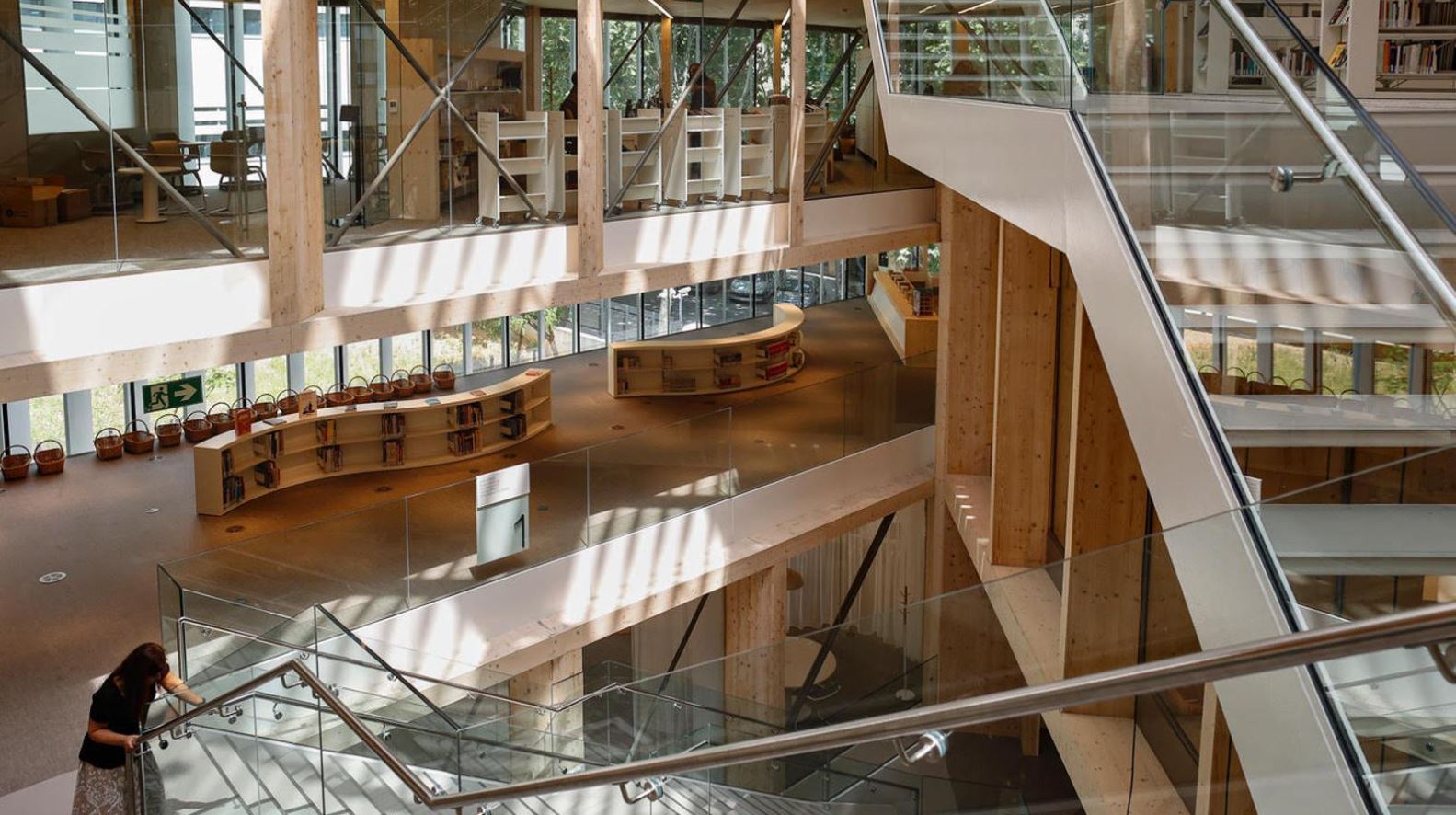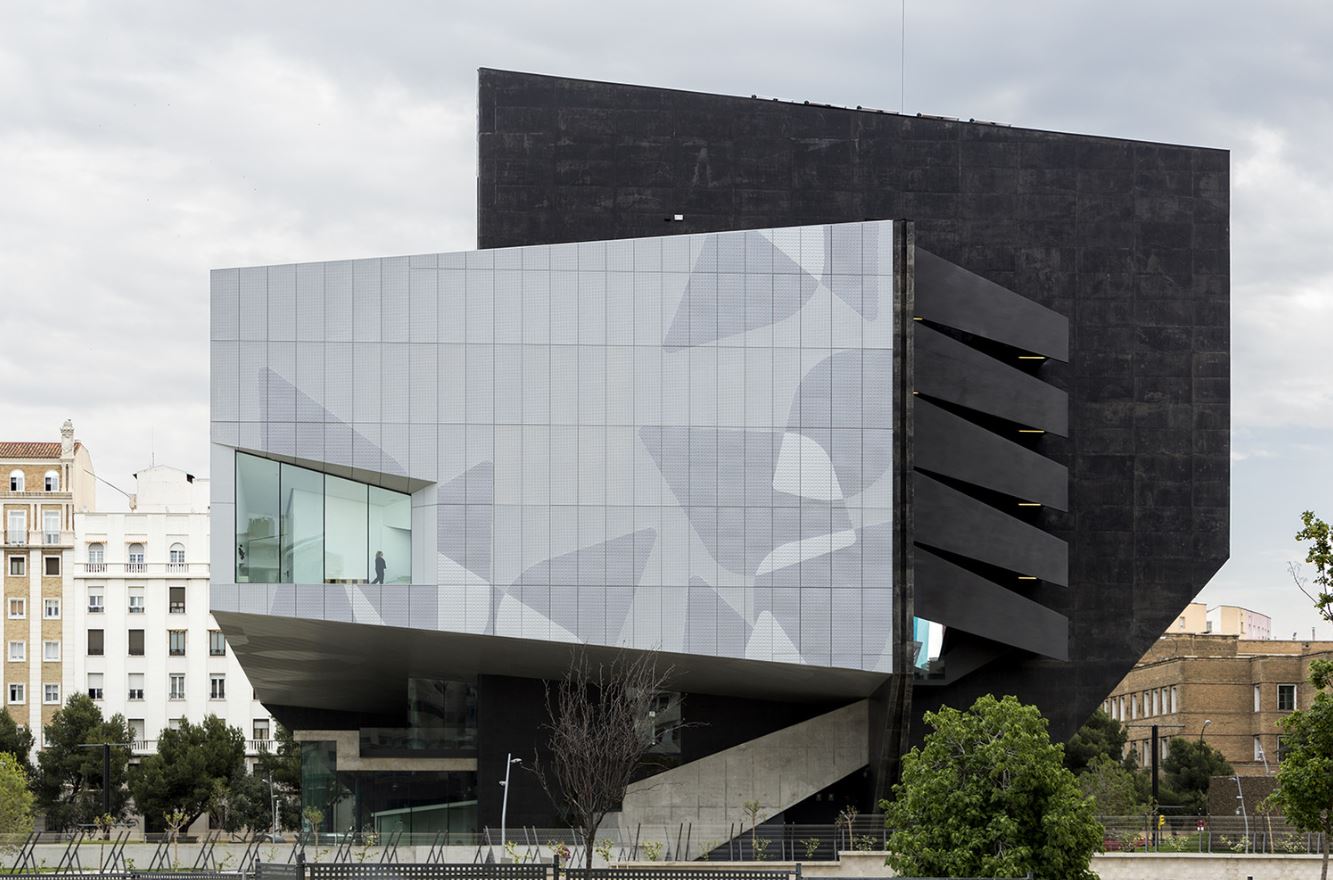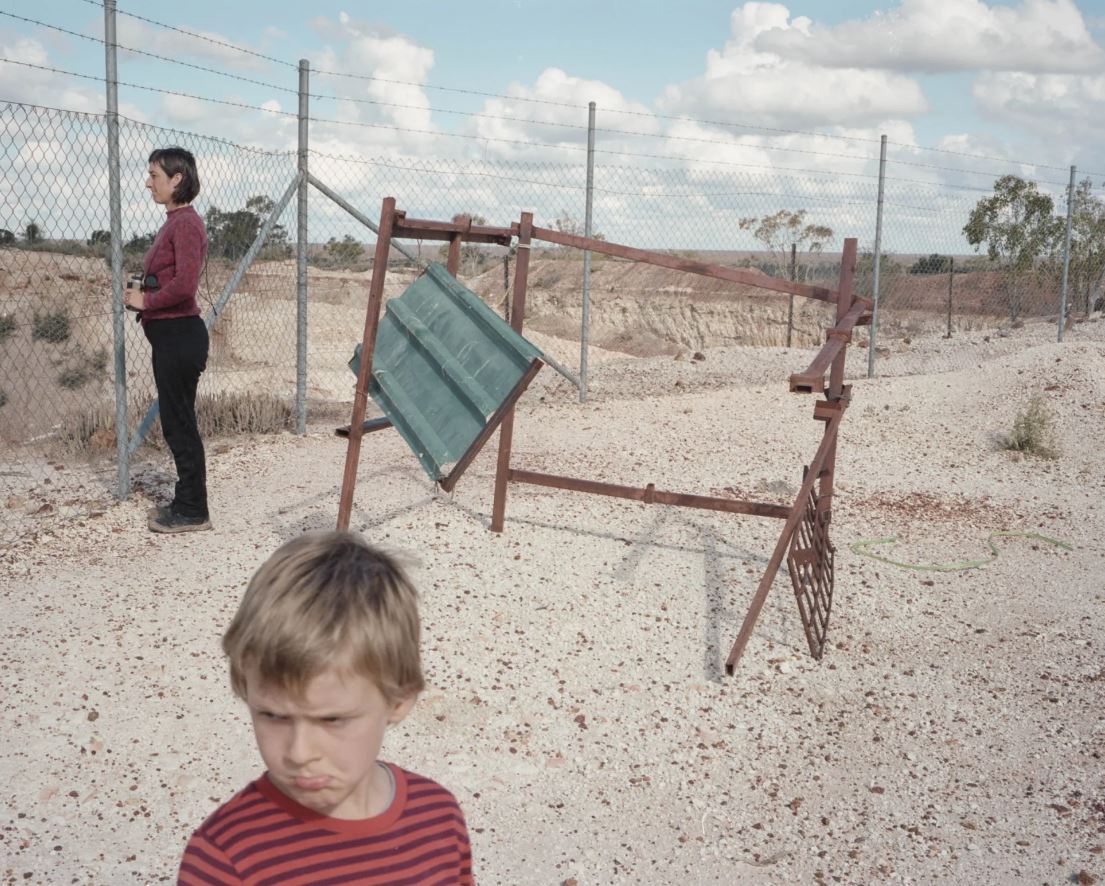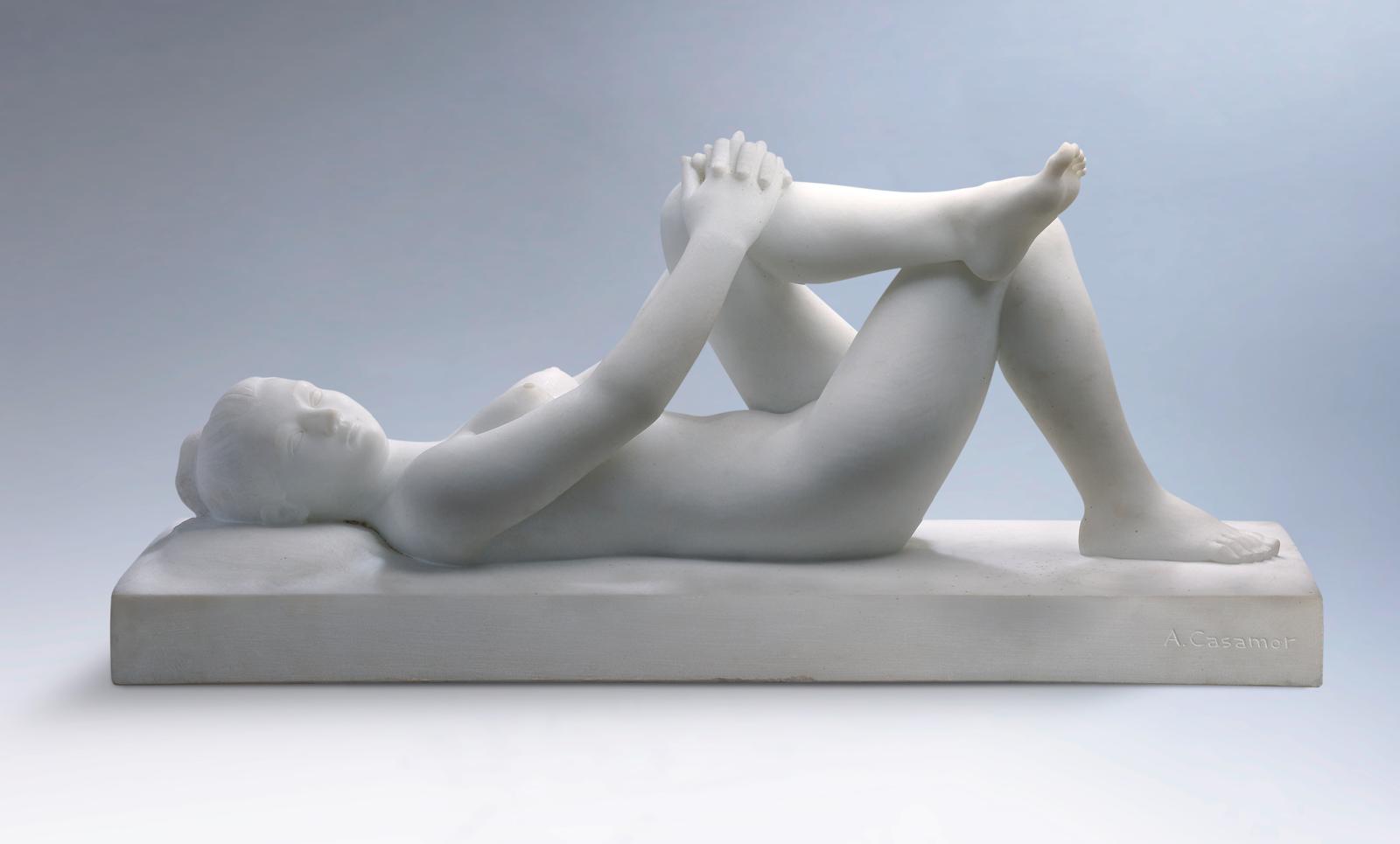News
The photographic work of Rafael Levenfeld at the MUN
His legacy was important in the redefinition of photographic languages in Spain during the decades of the 80s and 90s.
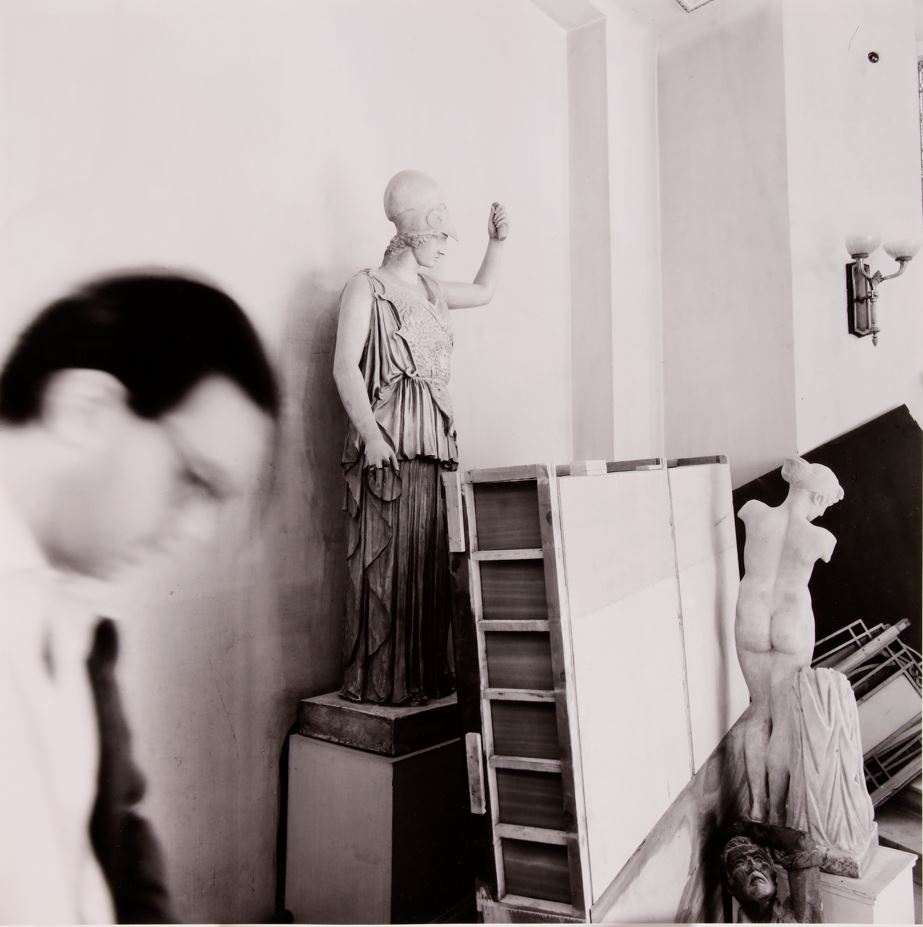
The career of Rafael Levenfeld (1955-2023) is a journey through the history of contemporary photography in Spain. His legacy, full of creativity and innovation, has been decisive in the consolidation of photography as a form of artistic expression. The Museo Universidad de Navarra (MUN), the institution of which Levenfeld was artistic director until his death, is now presenting an exhibition revealing some of his unpublished works from his photographic output.
The exhibition, opened on October 9, is an opportunity to rediscover a Levenfeld who was not only a pioneer in artistic photography, but also played multiple roles in this field. Jaime García del Barrio, current director of the MUN, has described Levenfeld's figure as "multifaceted", highlighting his versatility as a photographer, curator of exhibitions, founder of publications and, finally, artistic director.
His photographic work began in 1976, at a time when photography did not yet have the recognition within the art world that it has today. Valentín Vallhonrat, photographer and friend of Levenfeld, highlights the firm commitment of this generation of photographers to break new ground in a field that, until then, was relegated to very specific spaces. Levenfeld, with his innovative vision, was one of those responsible for the reconfiguration of photographic languages in Spain during the 80s and 90s.
In 1980, Levenfeld founded PhotoVision magazine alongside Joan Fontcuberta, Ignacio González and Adolfo Martínez. This magazine became a critical and reflective space that played a key role in the dissemination of photography, both nationally and internationally.
His art was characterized by a unique ability to transform apparently simple spaces into ambiguous scenarios full of irony, a trait that Vallhonrat associates with the surrealist tradition. Beyond the creation of images, Levenfeld had a deep technical knowledge of photographic production processes, which led him to experiment with innovative techniques. He began with manual interventions in his photographs, using paint, illustration and even chemicals to alter the captured images. Over time, he incorporated digital media, which allowed him to continue to explore the creative possibilities of photography.
Over the years, he worked as a curator in renowned institutions, such as the "la Caixa" Foundation, the National Art Museum of Catalonia, the Telefónica Foundation and the Museu Nacional Centro d'Art Reina Sofia. His role as curator and advisor was crucial in establishing a dialogue between photography and other expressions of contemporary art.
